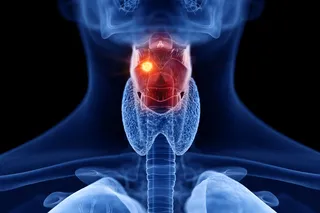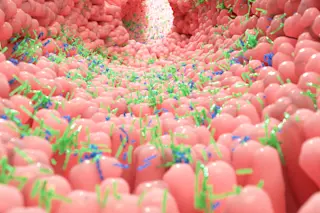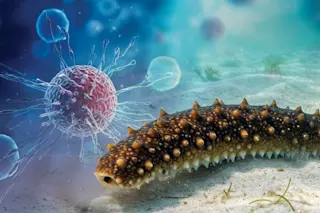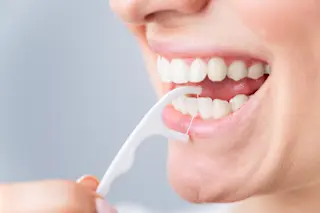In a large, formal Philadelphia courtroom six years ago, endocrinologist Joel Brind swore on a Bible, took the witness stand—and forever left behind his life of scientific obscurity. Brind was the star witness for Christ's Bride Ministries, a religious group that had used billboard space throughout the Northeast to make the claim that abortion increased a woman's chance of developing breast cancer. The Southeastern Pennsylvania Transportation Authority, which runs the city's subway, bus, and commuter rail systems, rejected the advertisements as scientifically unsound, and the whole matter landed in court.
Brind, who teaches human biology and endocrinology at Baruch College of the City University of New York, made an impressive expert witness. A lanky 52-year-old with a slender, equine face, he has spent most of his career investigating the connections between reproductive hormones and human disease. He has a talent for explaining science in a patient way that a layperson ...














